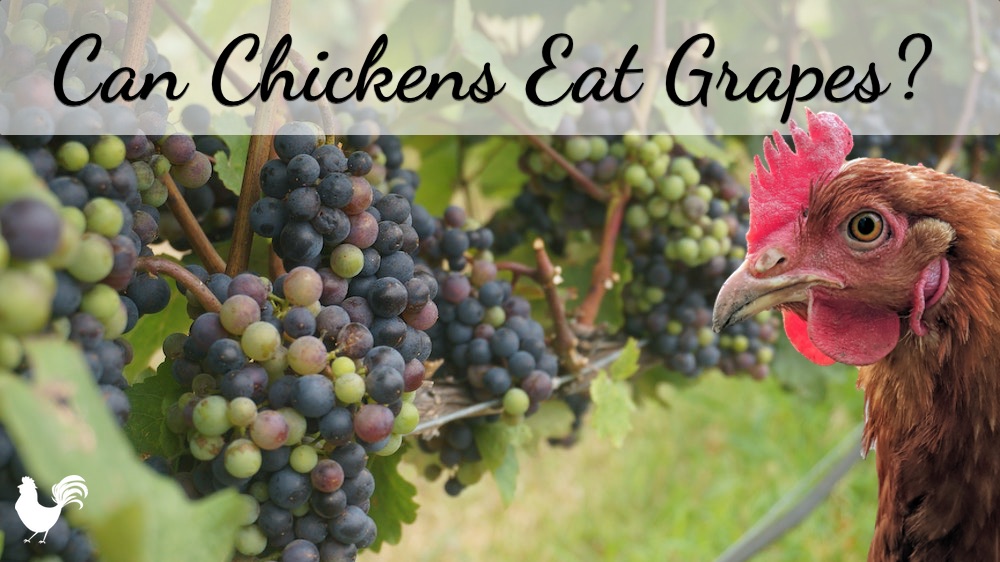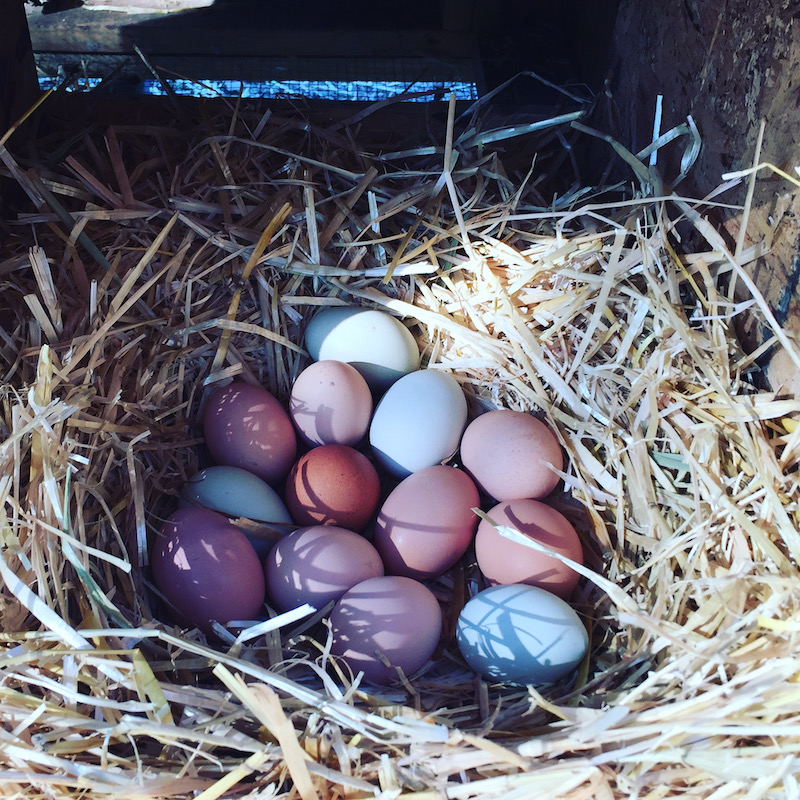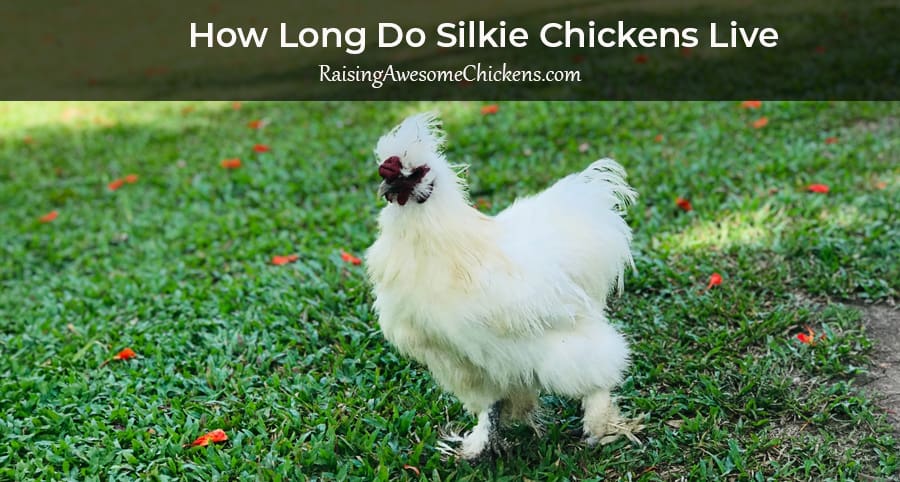Last Updated on February 16, 2024 by AwesomeChickens
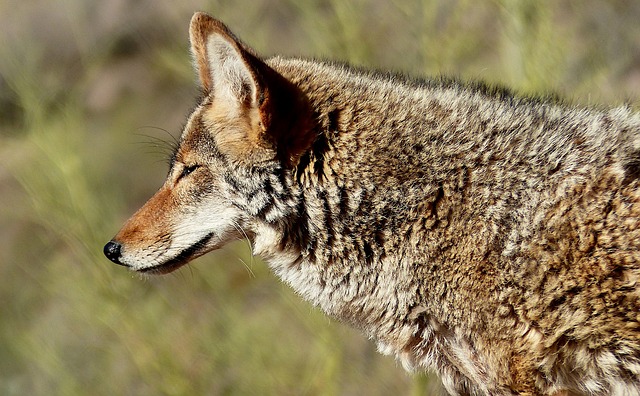
Coyotes pose a significant threat to backyard poultry, as their predatory nature often leads them to target chickens as an easy food source. Chicken owners must know how to keep coyotes away from the chicken coop. Protecting chickens from these adept hunters is crucial for any poultry owner. Effective measures must be taken to keep coyotes at bay, as they are not only dangerous to the birds but can also cause substantial economic loss and emotional distress to the caretakers.
Implementing the right strategies can significantly reduce the likelihood of coyote attacks on a chicken coop. It involves reinforcing the coop and employing various deterrents to ensure the safety of the poultry. Poultry owners need to understand coyote behavior and adopt a proactive approach to coop defense.
By understanding the methods coyotes use to infiltrate chicken coops, owners can tailor their prevention strategies accordingly. It’s a combination of the physical barriers, such as sturdy fencing, and the strategic use of deterrents, like guard animals or motion-activated lights, that can create a comprehensive defense system against these predators. This integration of tactics is essential for safeguarding poultry from potential coyote incursions.
Table of Contents
Understanding Coyote Behavior
To effectively protect chickens from coyotes, one must comprehend their behavioral patterns, which include their territoriality, hunting practices, and seasonal behavior shifts.
Territorial Habits
Coyotes are highly territorial animals, often marking their territories to communicate with other coyotes. They use urine and feces to establish boundaries that are generally respected by other coyotes.
- Territory Size: Territories can range from 2 to 30 square miles, depending on the availability of food and the density of the coyote population.
- Markers: Look for signs of coyote presence near your property, such as tracks or droppings.
Hunting Patterns
Coyotes are opportunistic predators with adaptable hunting patterns. They primarily hunt small mammals but will attack poultry if available.
- Active Hours: They usually hunt at dusk and dawn, but may also be active at night, especially in urban areas.
- Group Hunting: While they often hunt alone, coyotes may hunt in pairs or small groups when targeting larger prey or when hunting in areas with abundant food sources.
Seasonal Considerations
The behavior of coyotes changes with the seasons, influencing their interaction with human habitats and the protective measures required for chicken coops.
- Breeding Season: During the spring breeding season, coyotes may be more aggressive and likely to come closer to human settlements in search of food for their pups.
- Winter Scarcity: Food scarcity in winter may drive coyotes to riskier behavior, such as entering farms during daylight to hunt for chickens.
Coyote Deterrent Strategies
Implementing effective coyote deterrent strategies is essential to protect poultry. Appropriate fencing, guardian animals, and the use of repellents are crucial in safeguarding chickens against predator attacks.
Fencing and Enclosures
- Fencing: A solid fence at least 6 feet tall with a roll bar on top to prevent coyotes from climbing over is recommended.
- Enclosures: Chicken coops should have sturdy wire mesh extending underground to prevent digging.
Guard Animals
- Dogs: Specific breeds, like the Great Pyrenees, are effective in deterring coyotes.
- Llamas and Donkeys: These animals naturally dislike canines and can safeguard poultry when integrated properly into the flock.
Repellents and Deterrents
- Lights and Noises: Motion-activated lights or radio sounds can startle and drive coyotes away.
- Scent Repellents: Ammonia-soaked rags or coyote urine can act as territorial markers, discouraging entry.
Coop Management and Maintenance
Effective coop management and maintenance are crucial for keeping coyotes at bay. Regular sanitation and ensuring structural integrity can greatly reduce the risk of predation.
Sanitation Practices
Good sanitation involves regularly removing food waste and maintaining dry bedding. It is essential for deterring coyotes, as it reduces odors that attract these predators. A simple checklist for daily sanitation could include:
- Remove leftover feed: Retrieve any uneaten food that could entice coyotes.
- Clean water sources: Ensure water containers are free of food and debris.
- Change bedding: Replace wet or soiled bedding to avoid attracting predators with the scent.
Structural Integrity
Maintaining the coop’s structural integrity is paramount in protecting chickens from coyotes. Specific measures include:
- Inspecting fences: Check for and repair any gaps or weaknesses. Utilize materials like hardware cloth with less than 1/4-inch gaps to prevent coyotes from reaching in.
- Securing entry points: Door latches should be well-constructed, and consider predator-proof locks or automatic doors.
- Reinforce base: Coyotes can dig, so burying hardware cloth or a wire mesh at least 12 inches underground around the coop can provide an additional layer of defense.
By rigorously implementing these practices, the coop becomes a stronghold against coyotes, reducing the likelihood of attacks on the flock.
Community Efforts and Legal Considerations

Effective coyote management often involves both community cooperation and compliance with local laws. These collective actions and legal frameworks help provide a structured approach to protecting chicken coops.
Neighborhood Watch Programs
Neighborhood watch programs can play a vital role in coyote deterrence. Such initiatives encourage cooperation among residents to monitor for coyote activity, exchange timely information, and implement synchronized preventive measures.
Local Wildlife Regulations
Every region has specific wildlife regulations that impact how residents can legally protect their poultry. It’s important to consult with local fish and wildlife agencies for guidance on permissible methods of coyote control. Regulations may include:
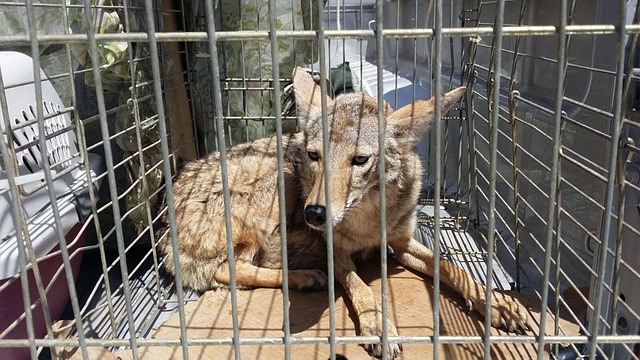
- Prohibited Actions: Certain traps or deterrents may be illegal.
- Relocation Rules: Specific procedures may be mandated for the capture and release of coyotes.
- Permit Requirements: Residents may need to obtain permits for certain removal actions or protective measures.
Compliance with these regulations is crucial to avoid legal repercussions and ensure humane treatment of wildlife.
- Thicker wires, reinforced door and Latches a sturdy structure. Wires are galvanized and powder-coated to prevent rust and corrosion
- Black anti-glare coating provides excellent camouflage in the dark to increase the chance of capture. Small mesh holes prevent stolen bait
- Gravity Operated mesh door reduces air resistance during closure to ensure swift captures
- Handles on both ends of the trap make it easier to lift the cage. Smoothed internal edges protect and prevent injuries. Trigger rod is located outside of the trap so animal cannot damage it
- Foldable and easy to setup, from nearly flat to assembled in seconds -- no tools needed. Excellent choice when attempting to capture large animals such as Dogs, coyotes, stray cats, foxes or raccoons




